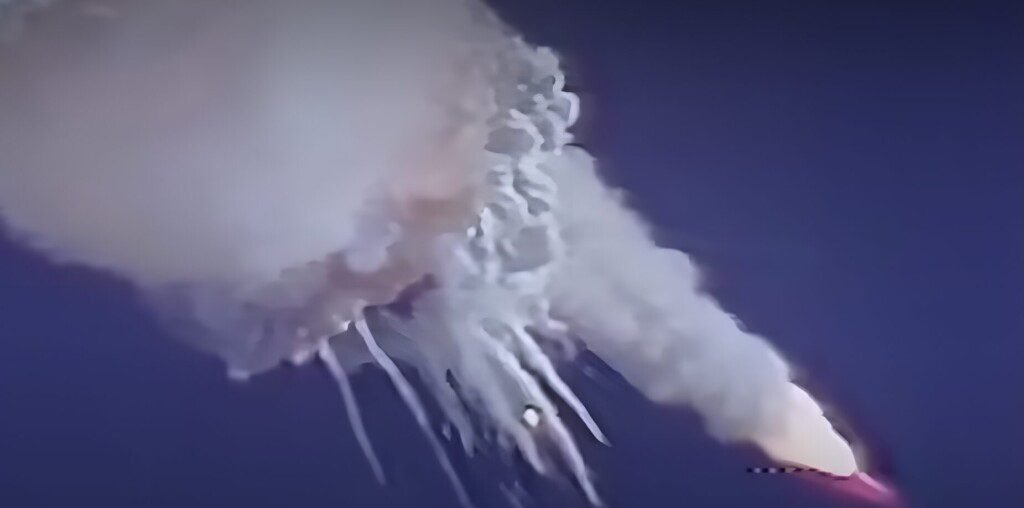Background
The Space Shuttle Challenger was set to launch Mission STS-51-L, a historic flight that included Christa McAuliffe, a teacher from New Hampshire selected for NASA’s Teacher in Space Program. The mission was intended to promote space education, and McAuliffe planned to broadcast lessons from orbit.
However, NASA engineers and managers were aware of a potential problem—the O-rings in the shuttle’s solid rocket boosters were not designed for cold temperatures, and launch day temperatures were below freezing (31°F). Engineers at Morton Thiokol (a contractor for NASA) warned that launching in such cold conditions could cause the O-rings to fail, but NASA executives dismissed their concerns, fearing a public relations embarrassment if the mission was delayed.
What Happened
On January 28, 1986, Challenger lifted off from Kennedy Space Center, and just 73 seconds later, a fireball engulfed the shuttle. A failure in the right solid rocket booster caused a structural breakup, leading to the death of all seven crew members.
The explosion was witnessed live on television by millions, including schoolchildren across the U.S. who had tuned in to watch McAuliffe’s historic journey.
Impact for the Future
The Challenger disaster resulted in a 32-month suspension of the shuttle program. The Rogers Commission Report, led by former Secretary of State William Rogers, revealed NASA’s poor safety culture, bureaucratic pressure, and ignored warnings. This tragedy led to major safety overhauls, such as redesigning the solid rocket boosters, implementing better risk management, and ensuring NASA administrators did not override safety concerns.

